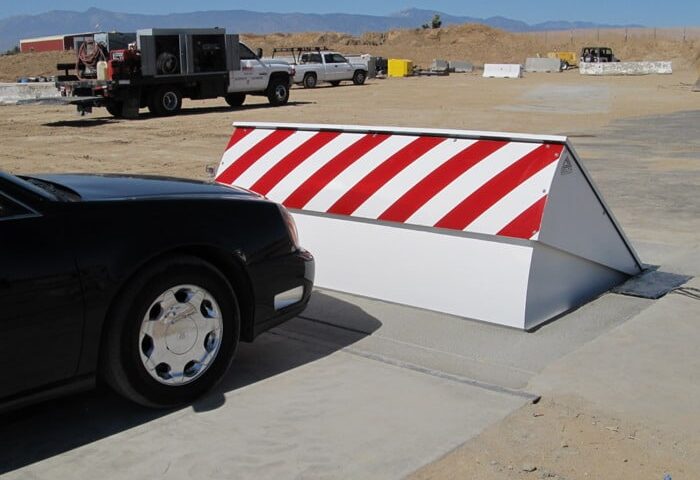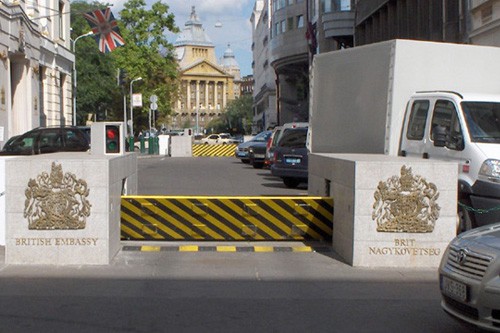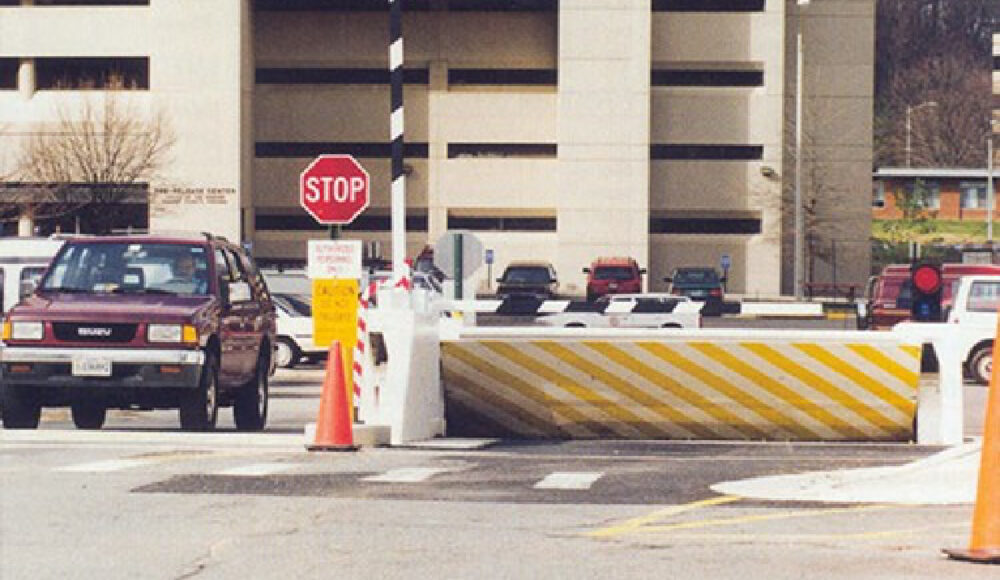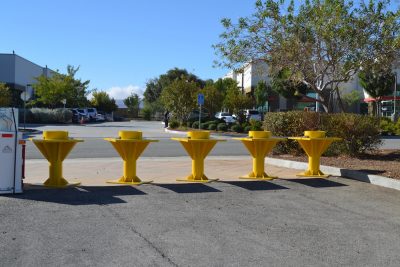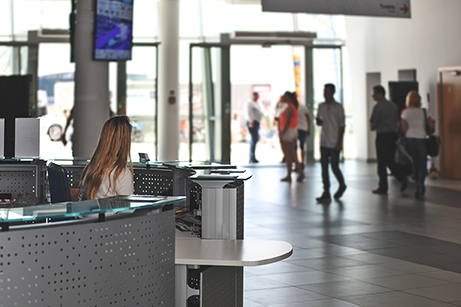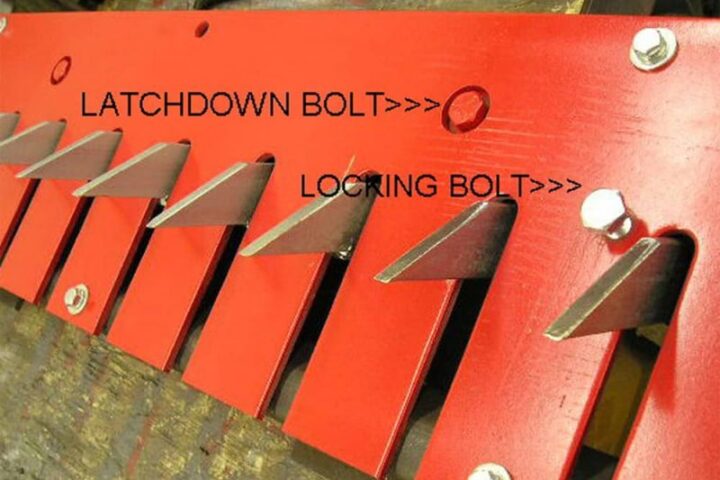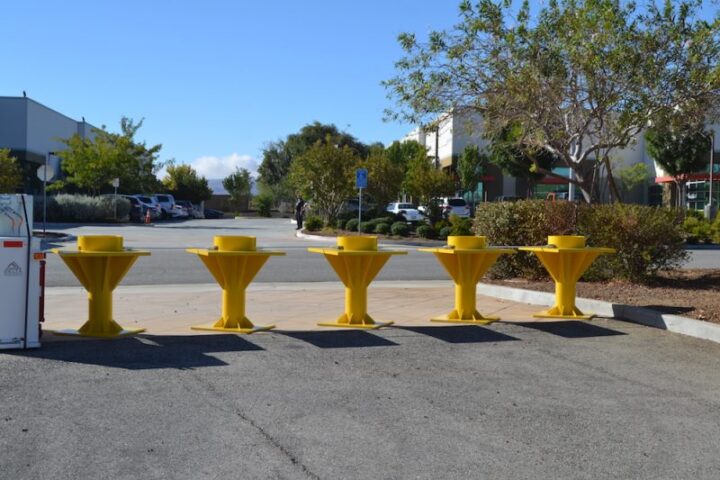Terrorism takes many forms, but the most potent attacks come when everyday items are transformed into weapons of destruction. Cities the world over are faced with such attacks, and their responses will shape not only safety practices but the development of those cities as a whole. As more and more metropolitan areas add barricades and additional security measures, it comes at a cost. Pedestrian traffic and public enjoyment might be limited by barriers, but what is being sacrificed, and can those concerns be mitigated?
A Barrier to Terrorism or the Public?
Terrorism takes many forms, but the most potent attacks come when everyday items are transformed into weapons of destruction. Cities the world over are faced with such attacks, and their responses will shape not only safety practices but the development of those cities as a whole. As more and more metropolitan areas add barricades and additional security measures, it comes at a cost. Pedestrian traffic and public enjoyment might be limited by barriers, but what is being sacrificed, and can those concerns be mitigated?
The Intention Behind Vehicular Events
Vehicular attacks are quickly becoming a real and regular threat. According to a 2018 San Jose State University study, the number of events involving this method of assault has skyrocketed worldwide in recent years.
Designing Security With a Big City Mindset
Designing a secure location can be a challenge, but having to do so in the midst of a bustling metropolis poses even bigger issues. Along with needing to keep the building and its occupants safe from vehicular and personal intrusion, architects will also have to keep the local population in mind.
Portable Protection on a Smaller Scale
Safety is always a primary concern, even in locales where aesthetics and architecture play a dominant role in landscaping. Places such as malls and town greens must be easily accessible for foot traffic and pose their own safety issues. When planning a layout for a major corporation or university campus, it’s easy to integrate permanent solutions to vehicular defense threats. Problems arise when security staff needs to make accommodations for areas where safety has been an afterthought.
Beautiful Bollards Are the Attractive Alternative
Protecting people and property from vehicular threats would appear to be an easy task. Many buildings and roadways already have security measures in place, or rely on temporary solutions to fix permanent problems. Other areas might need to keep cars and trucks away from pathways mainly used for foot traffic but may still require vehicle access in emergencies or for maintenance work.
The Security Aesthetic and Public Schools
Unfortunately, public schools have become a target for violent activity, and security is a rising concern for parents and officials across the United States. Steps are being taken to reinforce elementary and secondary educational institutions, and new construction takes student and faculty safety as its primary concern.
Top Uses for Traffic Controller Tire Spikes
Traffic controller tire spikes are an excellent choice if you need to enforce a one-way traffic flow. Although this type of barrier works well for this particular application, it isn’t necessarily suited to all types of barrier needs. Finding the best barrier solution for your particular need is something that Delta Scientific can help you with.
The Bollard Dilemma
The security bollard is an effective & cost-efficient way to regulate traffic flow & prevent vehicular egress. Permanent bollards designed for ongoing protection or temporary structures meant as a placeholder. However, what is meant to be temporary can become permanent solution to a problem that has long since passed.
Keeping Pedestrian Accidents at Bay
While it’s important to prepare for attacks and incursions, security planning has to take every-day issues that traffic control safety systems face and pedestrian safety into account as well. Employees, students and visitors traverse every area on foot at some point, and vehicle-related incidents are inevitable. The goal is to keep accidents to a minimum while still being prepared for major security issues.

